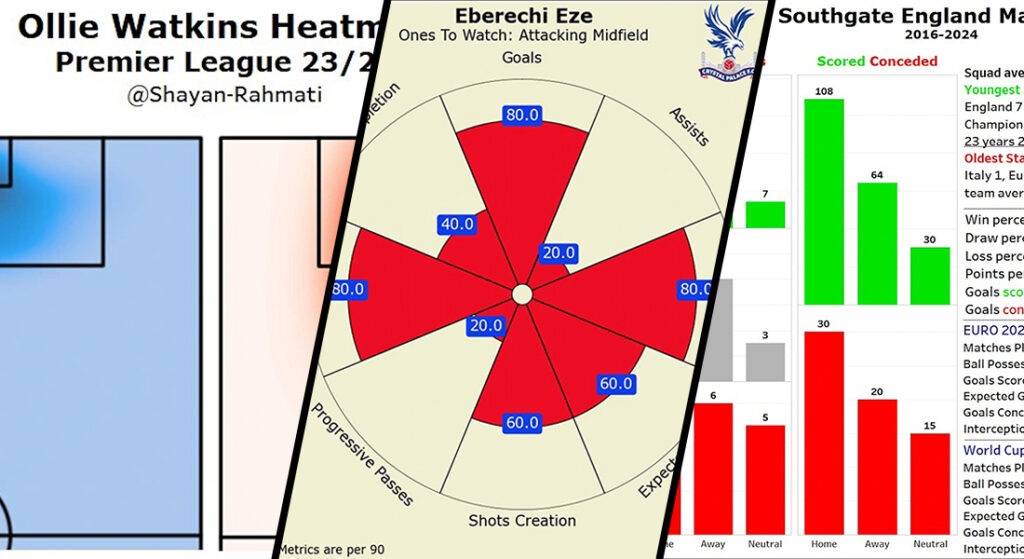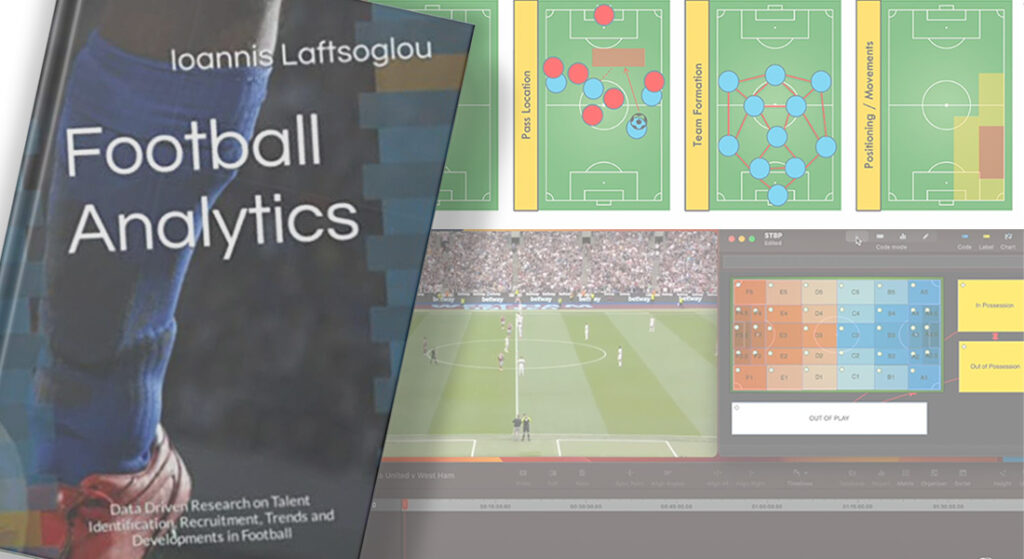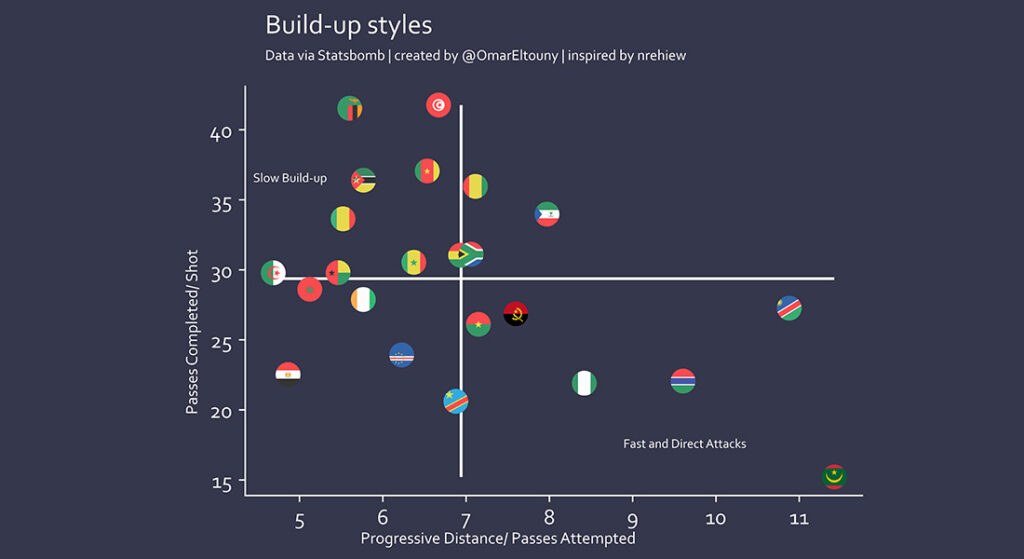Football analytics has evolved significantly in recent years, providing teams and enthusiasts with valuable insights into player and team performance. One such metric gaining prominence is Passes Allowed Per Defensive Action (PPDA). In this article, we will delve into the intricacies of PPDA, exploring its definition, calculation, and the valuable insights it offers in evaluating defensive strategies in football.
Defining PPDA
PPDA, or Passes Allowed Per Defensive Action, is a metric used to quantify a team’s defensive intensity and pressure on the opponent. Essentially, it measures how many passes an opposing team is allowed to make before facing a defensive action from the analyzed team. A lower PPDA indicates higher defensive pressure, while a higher value suggests a more passive defensive approach.
Calculation of PPDA
The PPDA is calculated by dividing the total number of opponent passes by the total number of defensive actions made by a team. The formula is straightforward:
PPDA = Total Opponent Passes \ Total Defensive Actions
This metric provides a numerical representation of a team’s willingness and ability to disrupt the opponent’s passing rhythm and their pressure.
Interpreting PPDA Values
- Low PPDA (below 10): Teams with low PPDA values are characterized by intense pressing and a proactive defensive strategy. These teams aim to regain possession quickly, disrupt the opponent’s build-up play, and limit their passing options like Arsenal and Tottenham.
- Medium PPDA (10-20): Moderate PPDA values suggest a balanced defensive approach. Teams may apply pressure selectively, focusing on specific areas of the pitch or during certain phases of the game.
- High PPDA (above 20): Teams with high PPDA values tend to adopt a more conservative and passive defensive style. They may prioritize maintaining a compact defensive shape over actively pressuring the opponent.
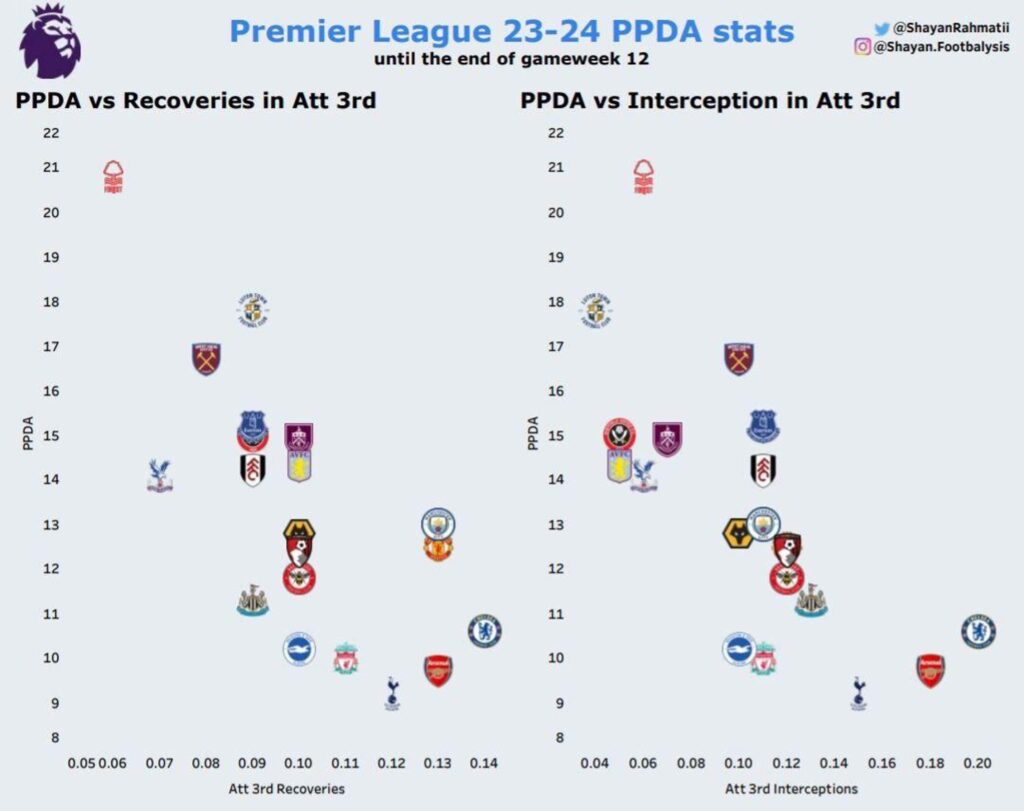
Application in Tactical Analysis
Analyzing PPDA provides coaches and analysts with valuable insights into a team’s defensive tactics. Coaches can adjust their strategies based on the specific strengths and weaknesses identified through PPDA analysis. For example, a team with a high PPDA may exploit spaces left open by a passive defense, while a team with a low PPDA may struggle against opponents adept at quick, direct play. We can even use PPDA to identify teams’ possession in opposition attacking 3rd that is called “Field Tilt”. The Lower PPDA, The better Field Tilt like Arsenal, Tottenham and Liverpool.
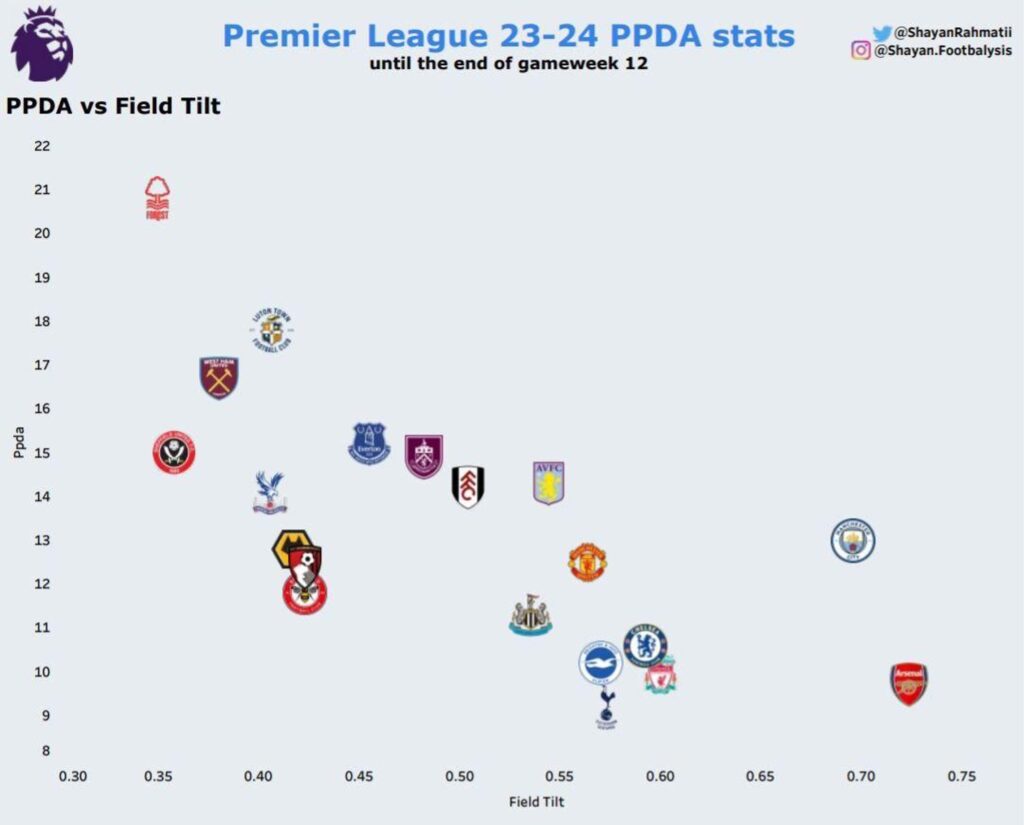
Conclusion
In the ever-evolving landscape of football analytics, the PPDA metric stands out as a crucial tool for assessing defensive performance. Understanding a team’s PPDA values allows coaches, analysts, and fans alike to gain deeper insights into the dynamics of a match, ultimately contributing to more informed tactical decisions and a heightened appreciation for the strategic nuances of the beautiful game.





